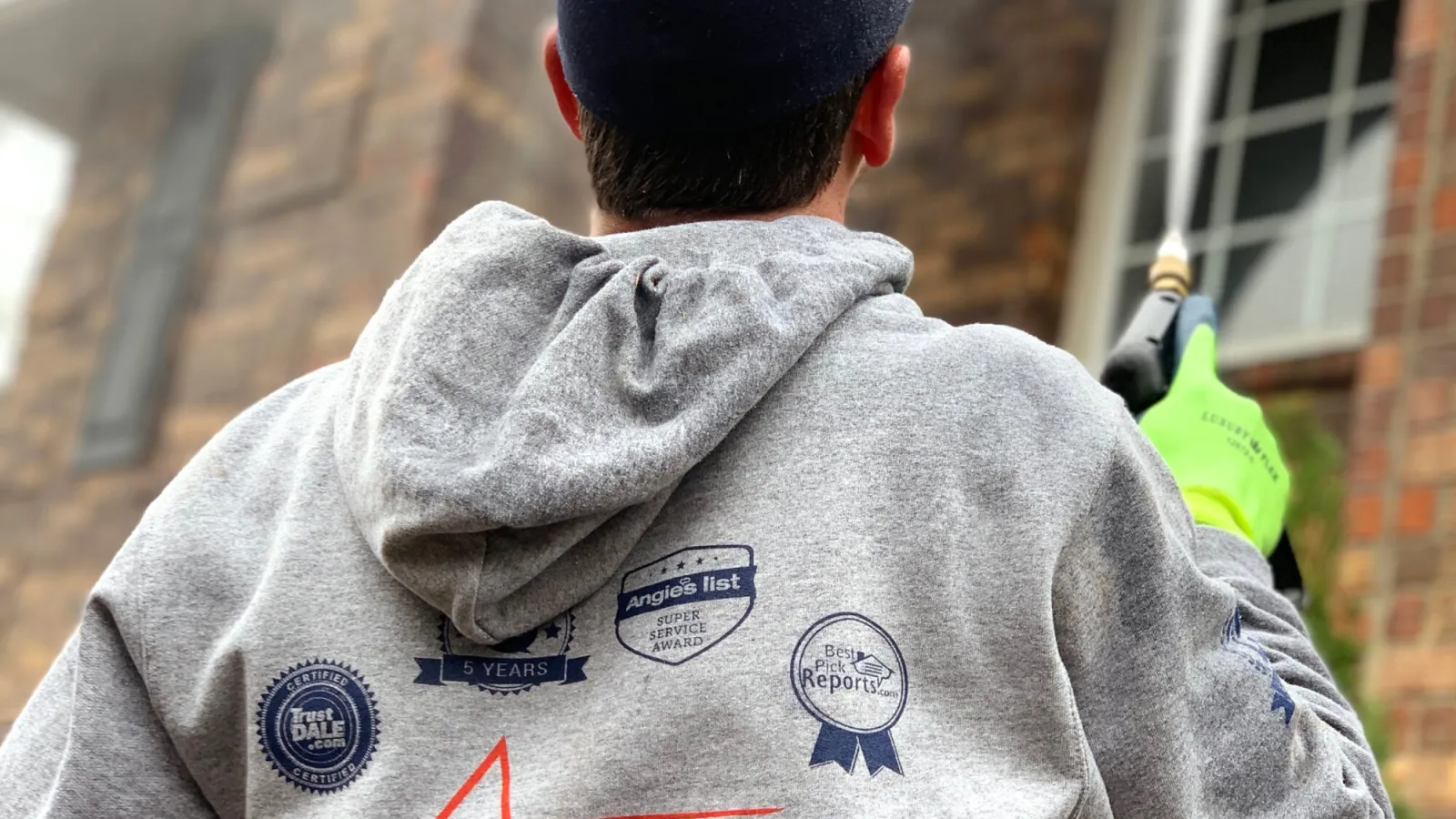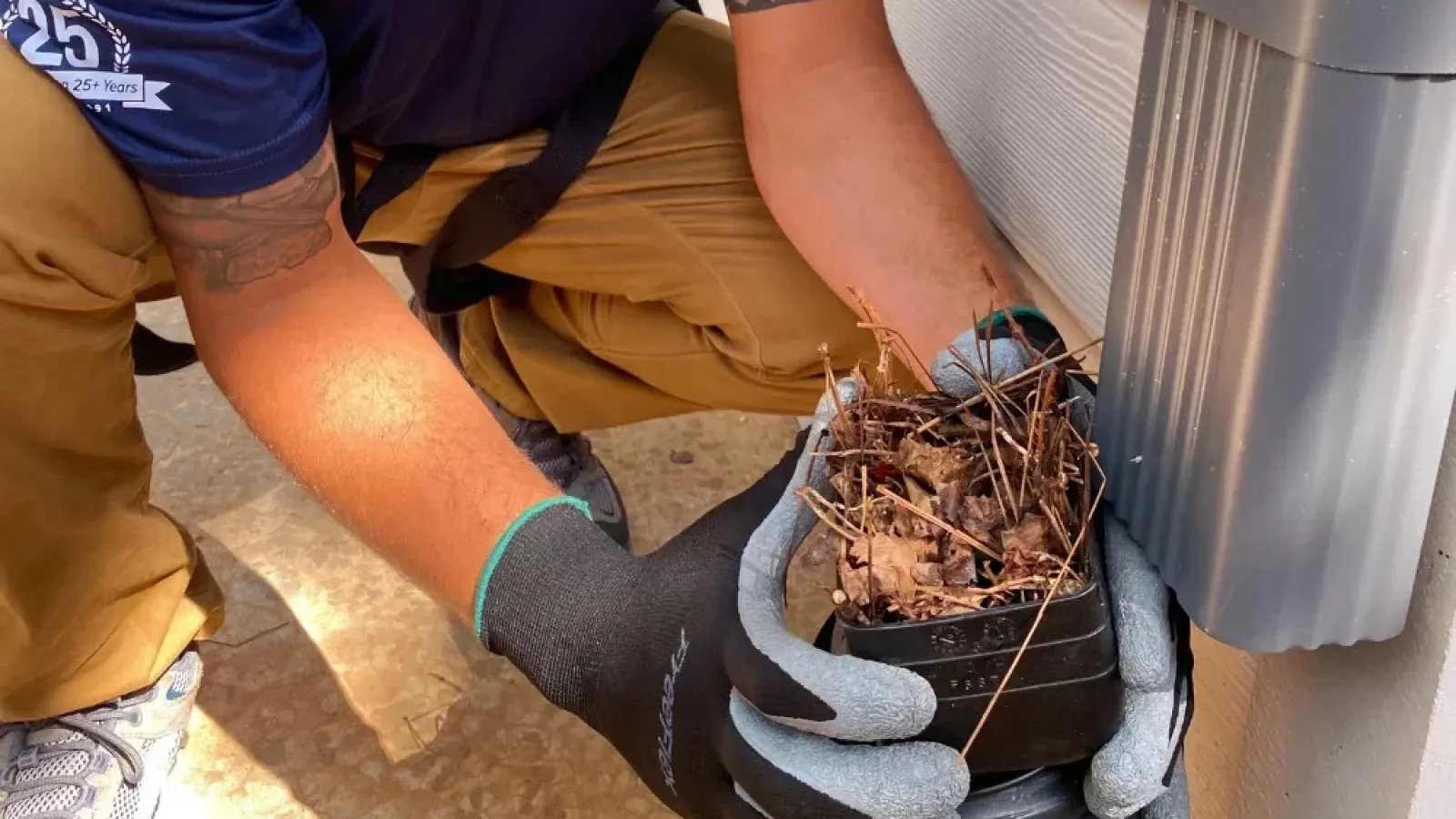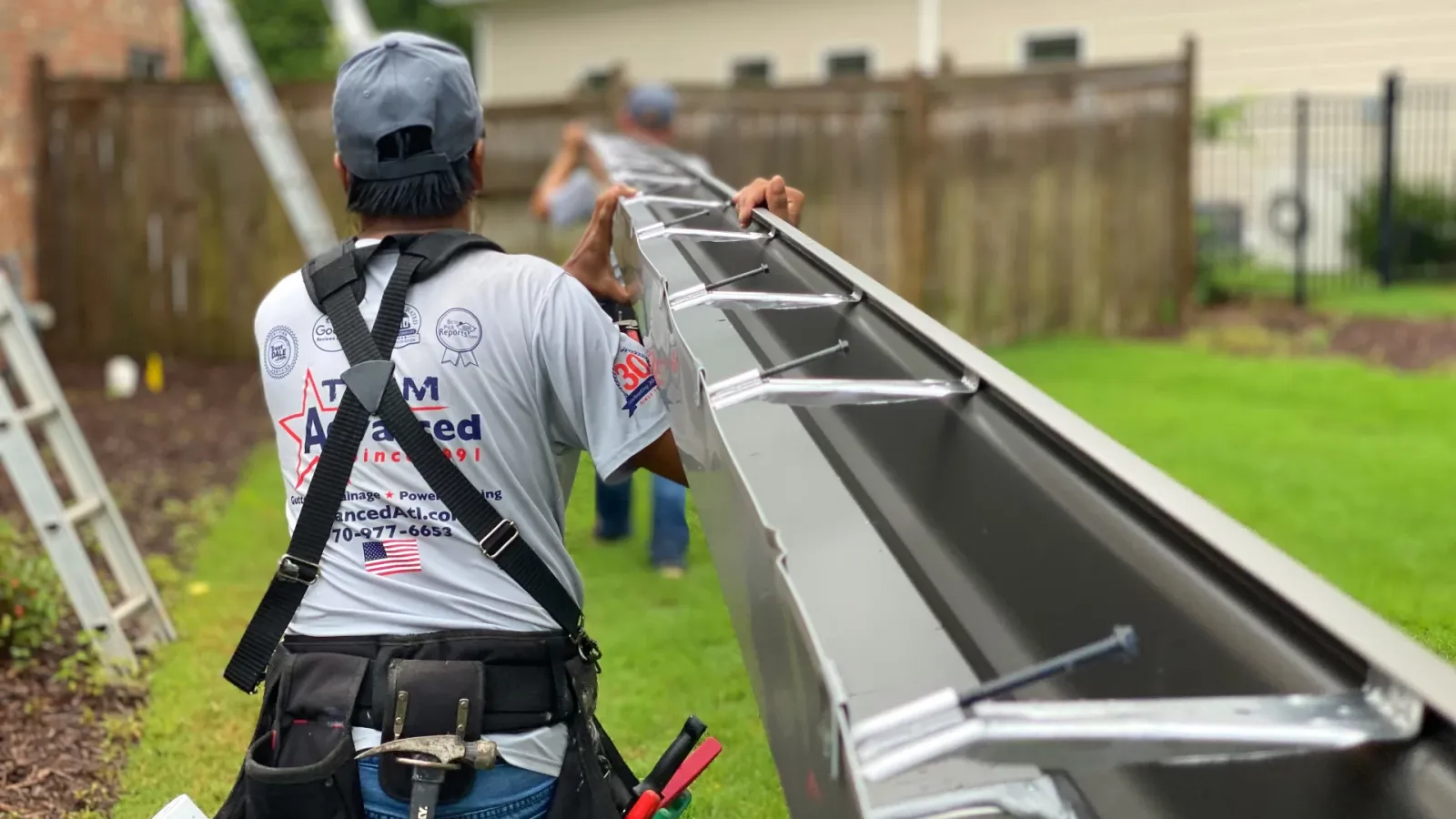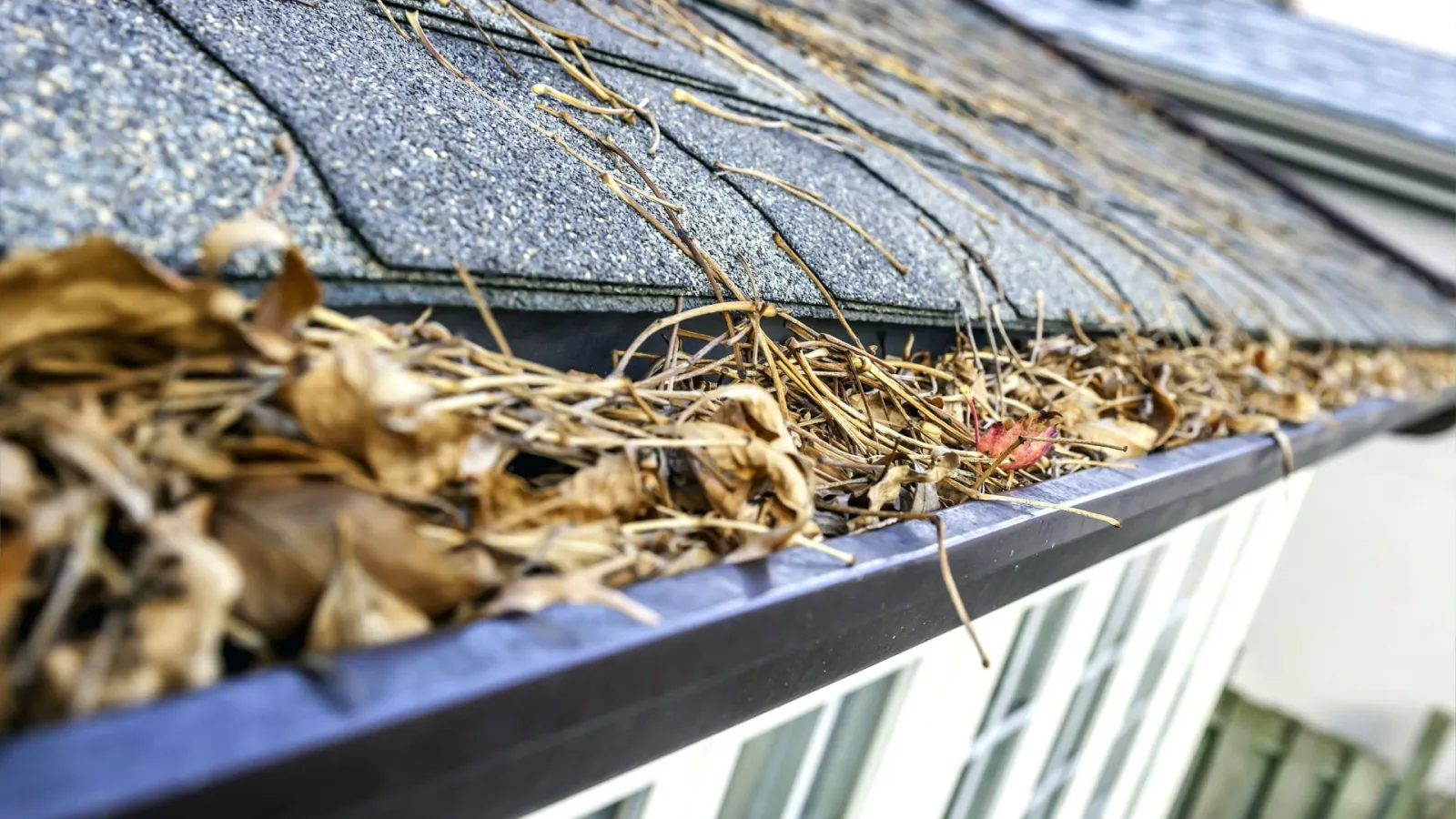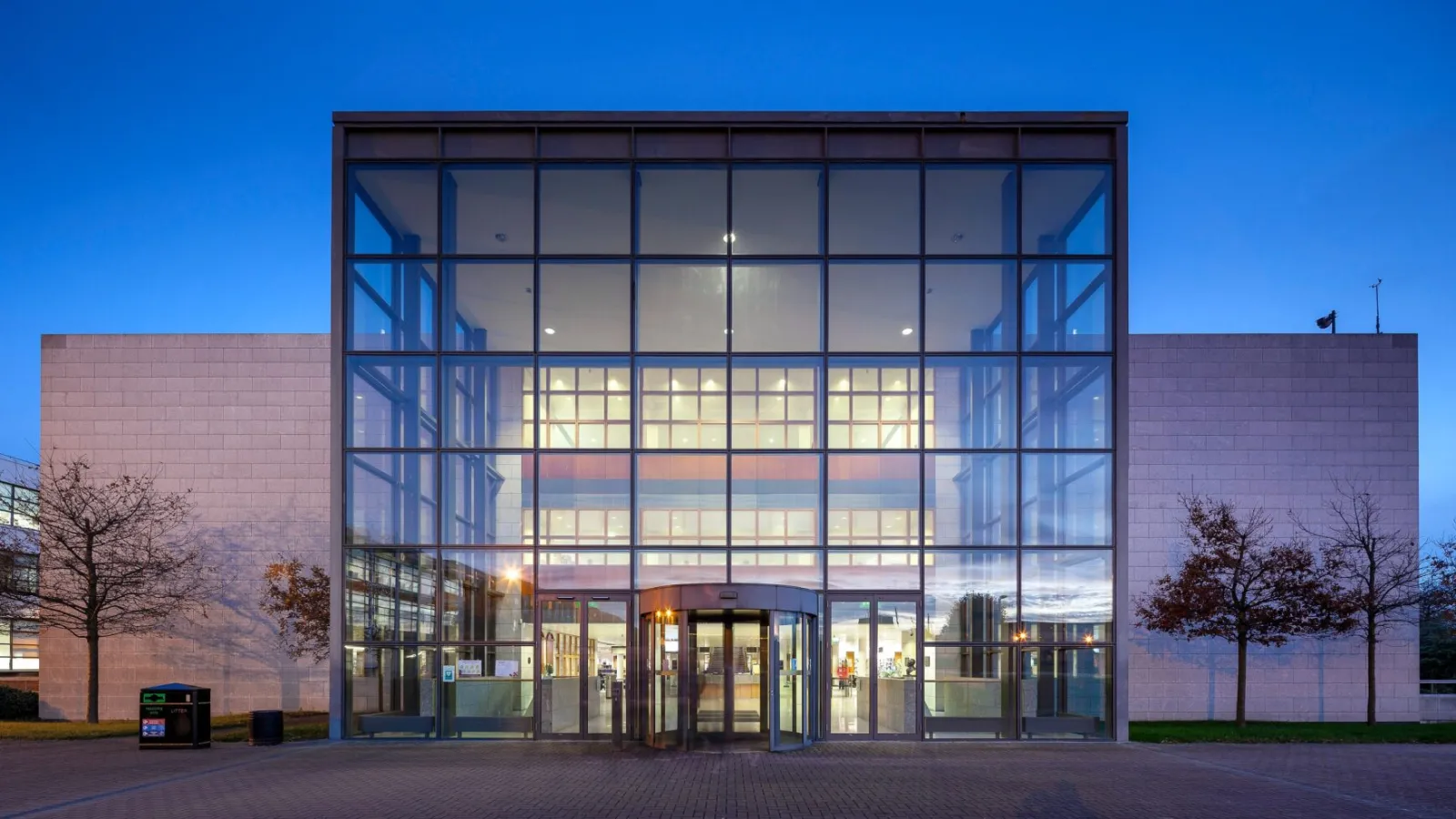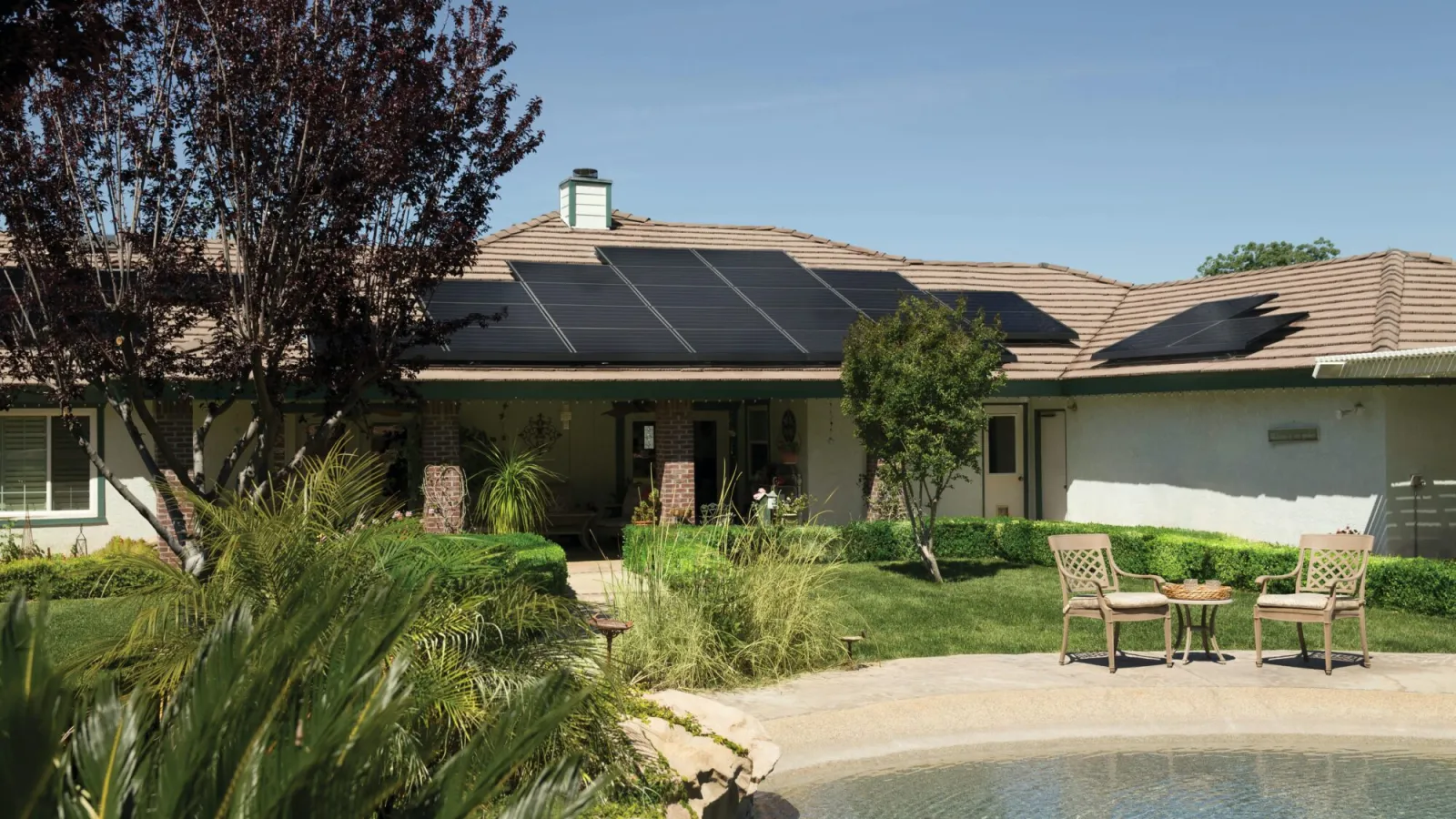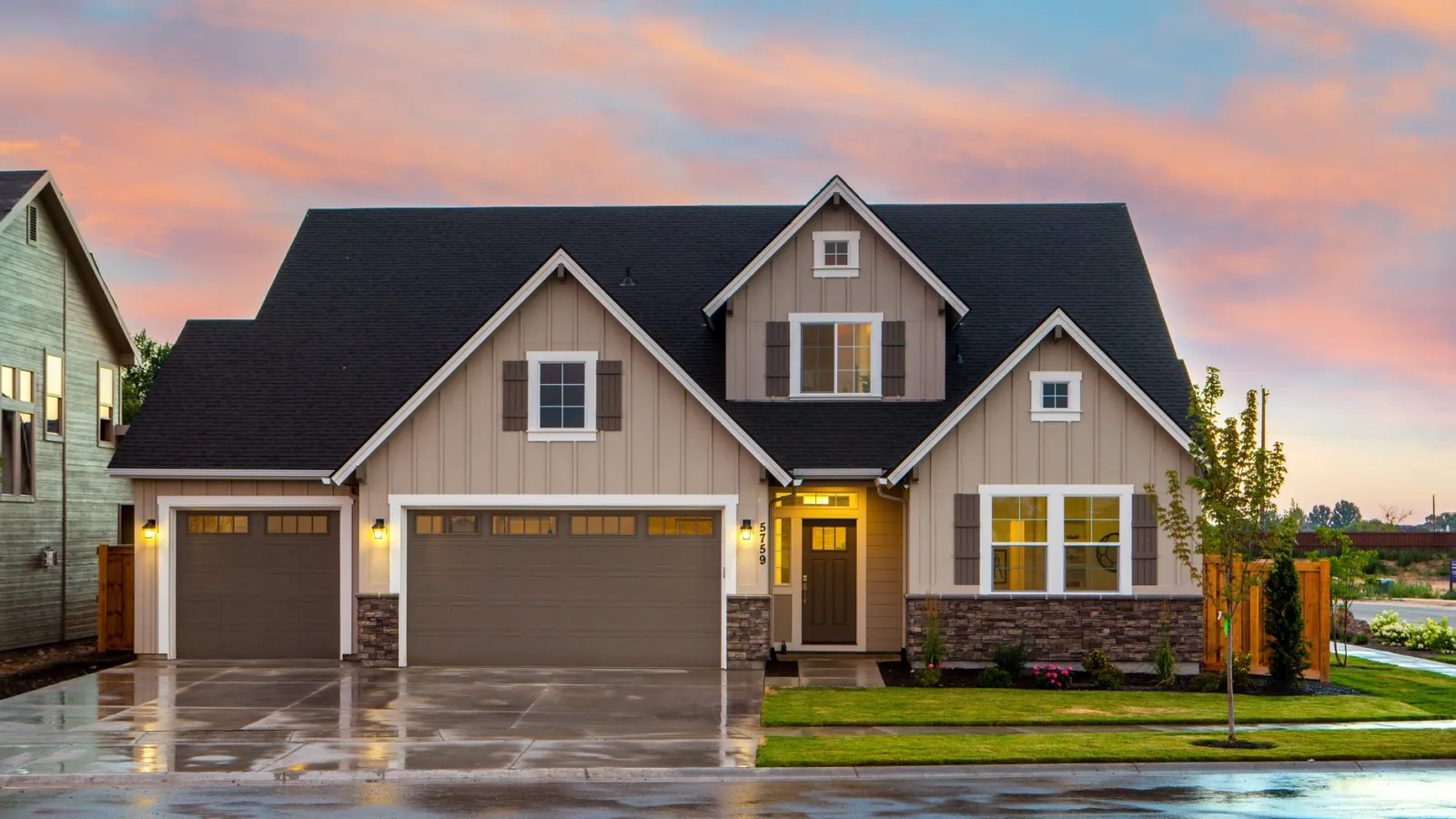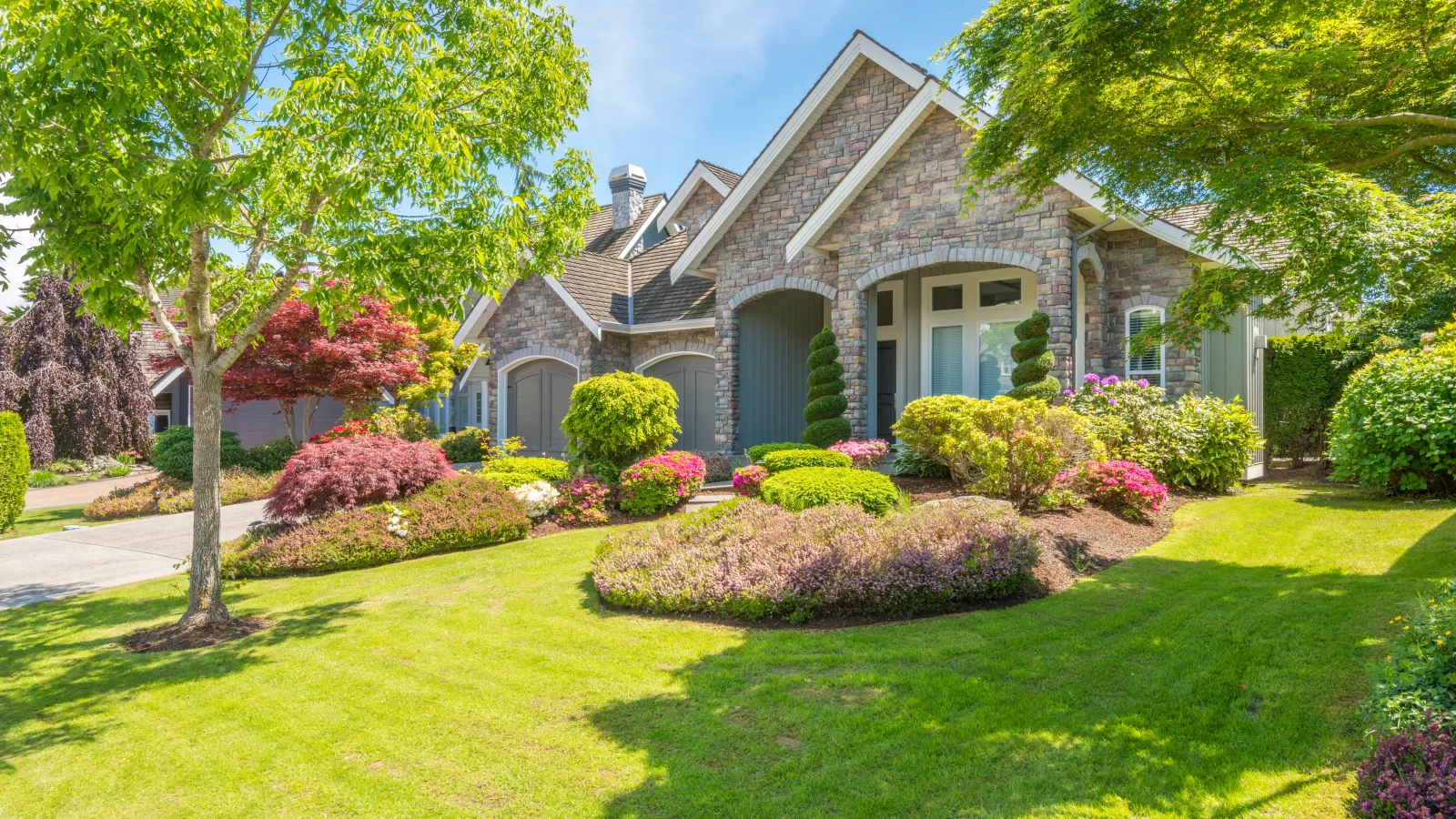Grimy-looking siding, a discolored roof, and stained brick can really hamper your home’s overall aesthetic and curb appeal. That’s why many homeowners elect to have their properties periodically washed. Two of the leading methods for doing so are pressure washing and soft washing. In this post, we’ll take a closer look at why it’s so important to have your home regularly washed, the key differences between pressure washing and soft washing, when to use each service, and more!
The Importance of Pressure Washing Service
Aside from boosting curb appeal and your home’s overall aesthetic, perhaps the biggest reason to have your home’s exterior regularly washed is for health purposes and for material longevity.
For example, mold and mildew that begins to form on roofing, siding, and other materials could potentially spread to make its way into the interior of your home if it goes unchecked for too long. Mold doesn’t just pose a threat to your property as it pertains to the structural integrity of certain materials, but it can also make residents sick – especially those who are already sensitive to allergens they come into contact with in the indoor or outdoor environment.
Finally, mold and mildew that grow on roof shingles or other materials can lead to premature replacement of said materials. A little bit of preventative maintenance via either soft washing or pressure washing can clear away mold and mildew and help maximize the return on investment of roofing, siding, and other exterior home features.
And again, just because it’s the leading reason why many home and property owners pursue exterior home cleaning surfaces, the right cleaning solution can simply make your home stand out on its block. In fact, for best results, most experts recommend that homeowners have their homes professionally washed at least once every 6 to 12 months.
Soft Washing vs. Pressure Washing: What’s the Difference?
As the name might imply, the biggest difference between soft washing and pressure washing is the lower-pressure and higher volume of water that is used in the cleaning process of soft washing. In other words, soft washing is a type of power washing – it just doesn’t come anywhere close to the pressure that’s utilized to clean with pressure washing.
Specifically, soft washing is a gentle cleaning method that incorporates low-pressure nozzles with industrial power washing equipment which produces high-volume water flow . Think of it as an add-on attachment that easily integrates with the pressure washer. Both soft washing and pressure washing typically involves the use of a biodegradable detergent chemical that helps remove the likes of mold, algae, pollen, dirt, mildew, stains, and other debris that form on your home’s exterior over time. The one key difference is pressure washing uses high-pressure water of anywhere from 3,000-8,000 PSI (pounds per square inch) and relies more on highly pressurized water to clean away debris and biological agents.
There are a few other key differences between soft washing and pressure washing, including:
- Soft washing tends to take a little bit more technique to perform than a pressure washing, as it involves the use of chemical agents, less pressure, and more delicate materials.
- Soft washing is ideal for more sensitive exterior building materials, like roofing and siding, as it’s less likely to cause damage. Pressure cleaning is ideal for concrete sidewalks and driveways, fences, and more robust materials.
When Should I Use Soft Washing Instead of Pressure Washing?
Both soft washing and pressure washing have their place when it comes to exterior cleaning. But as we alluded to in the above section, soft washing is more of an ideal method for sensitive building materials while pressure washing is the better choice for hard materials and surfaces. Here’s a closer look at some of the materials you’ll want to use soft washing on versus pressure washing:
Soft Washing
- Painted or solid stained surfaces such as house siding, including cement/hardie, stucco, wood, and brick
- Stained/painted decks, PVC or Painted Fences, Painted Pool Decks.
Pressure and Power Washing
- Unfinished/unpainted concrete
- Unpainted brick
- Retaining walls
- Flagstone
- Unstained decks
- Decks being prepped for re-staining
Why Use Soft Washing
Like any cleaning method, there are proper instances to use soft washing to make your house look beautiful and stay healthy. In this section, we’ll take a look at soft washing and the key reasons to use this service on your home. Read on to learn more:
- It’s gentle: As we said earlier in this post, the soft washing method is a much more gentle one than pressure washing or power washing, thereby making it an ideal choice for more delicate exterior surfaces such as roof shingles, siding, wood or vinyl materials, and certain types of decks. Rather than relying on high-pressure water to clean, it uses a mix of water and chemicals to remove dirt, grime, mold, and other debris. A soft washing solution isn’t composed of harsh chemicals, but those that are safe and effective for residential use. The bottom line is that soft washing can still effectively clean, and there’s little to no risk of damaging more sensitive building materials or stripping any protective coatings.
- It’s easier to manage: A soft washer tends to be easier to manage than a pressure wash due to the lower pressure. Despite there being less pressure for soft washing, whether a soft wash or traditional pressure wash is needed, both methods are best left to professionals to ensure that the systems are operated correctly and no damage is done to your house
- It’s easy to switch between the two: As we said in the opening, in order to perform soft washing service, a special attachment is added to the end of the pressure washer. This attachment has modified spray nozzles that allow for a lower-pressure cleaning. It’s an easy attachment to configure, and professionals can change from pressure washing to soft washing quickly and efficiently based on the materials that they’re cleaning. Although this is a benefit of soft washing, it still takes an experienced and well trained technician to understand how each surface should be cleaned in addition to the proper mix of cleaning solutions to use.
Generally, soft washing is the perfect house washing service to remove mold, mildew, cobwebs and light debris from more sensitive or delicate surfaces.
Why Use Traditional Pressure Washing
Now that we’ve covered soft washing, let’s do the same with the other key exterior surface cleaning method. Here’s a closer look at the key reasons to use of pressure washing:
- It’s powerful and fast: Crank up the water pressure and watch dirt and debris wash away. Traditional pressure washing is fast and powerful, making it ideal for regular cleaning in industrial settings or properties with a lot of hard surfaces. Traditional pressure washing is used for a deeper cleaning on surfaces that will not be damaged by a higher pressure.
- It Uses High Pressure and Cleaning Agents: Like the soft washing service, the Advanced pressure washing service uses a chemical mixture to kill the fungus growth that high pressured water cannot reach on its own.

Choose the Right Pressure Washing Service for You
So what’s the right exterior cleaning method for your home or property? It really depends on what type of surfaces are most present at your home. If you’ve got a long concrete driveway, for example, pressure washing is likely the best cleaning choice. If you’ve got a bevy of vinyl siding or a dirty roof, you’ll want a soft wash so you’re not risking stripping it of any color or causing damage.
When it comes to selecting what pressure washing method would work best with the exterior features on your home or property, it’s always best to work with a professional so you can have the peace of mind that it will be carried out in a safe, effective way. For more information on the soft wash pressure washing method and traditional pressure washing, contact us at Advanced Pressure & Gutter today. As a professional pressure and soft washing company, we’ll have your home looking great in no time.
